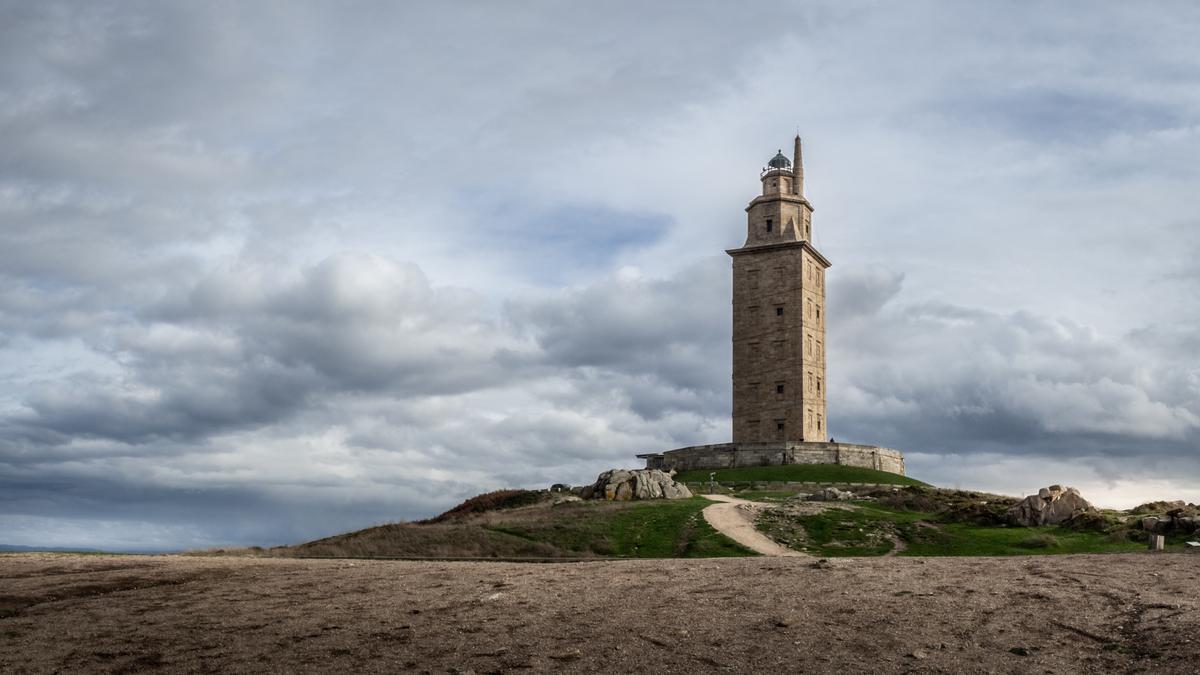Day and night, A Coruña place a unique atmosphere. Its gardens, churches and museums make this port city a destination with good reasons to be visited. What better way to appreciate every detail than to travel it on foot, without haste, enjoying each enclave calmly. The best option for this is its emblematic promenade, which accompanies the walk with its huge and modernist lamps. Extended throughout approximately 15.05 km bordering the sea, its origins date back to the early twentieth century, and for years he held the longest -wing title in Europe; It was in 2016 when this recognition was given to the Paseo Marítimo de Lanzarote. But despite the difference in length, both offer their charm, becoming ideal spaces to enjoy the landscape and the marine breeze.

The tour: some key points
Starting the route in the vicinity of the Bens WWTP, a biological treatment plant in the region, we can see the imposing islands of San Pedro and the mountain of San Pedro, which can be accessed from the walk through a panoramic elevator. Steps later, we will see from the distance the enormous sculpture of the raised octopus in concrete reinforced with sets of a thousand colors that shine in different ways according to the sun’s rays. Following the tour we will find the Millenium Obelisk, which at night spreads its light through 142 focuses.
A few kilometers later three beaches extend: Praia de Riazor, Praia do Orzán and, smaller, Praia Matedro. Located in the urban center, all of them are spaces of interest, ideal to create their waves with a surf table. At that point on the walk are two of the Coruña scientific museums: the Aquarium Finisterrae and the “domus” or house of man.
From here we go down to the Torre de Hercules, a monument that dates from the Roman era (second century DC), although theorize about a possible prior Phoenician construction, and was restored and subject to important reforms during the seventeenth and eighteenth centuries. Its uniqueness caused the tower to become the emblem of the Galician city, adopted by all its inhabitants and institutions. Declared a World Heritage Site, it is the only Roman lighthouse that has preserved to some extent its structural integrity and continues to perform the same function.

Kilometers later, following in parallel the Paseo Menhires, we will find a stone sculpture: Hercules in the Argonaut’s ship. With A little imagination, it will seem that the thin line of land on which rests fades and furrows the waters of the sea. But it is not the only lithic monument, following the section is the menhires for peace, a sculptural group of twelve pieces arranged in a circle with quadrangular openings that simulate windows to the landscape and the sea, creating their own dynamics between the earth, the sky and the sea, with the tower of Hercules in the remoteness.

Very close to this is the monument to the non -portiño shot, a tribute to the victims of the civil war that rises properly to designate the space where many citizens during the Franco dictatorship were retaliated with death. Also in this last section, precisely in the small cliffs of the beach of Razo, you can see different strata of a fossil beach with thousands of years old, testimony of the evolution of the sand.
#Coruña #long #journey #guide #enjoy #stop #kilometer #ride


